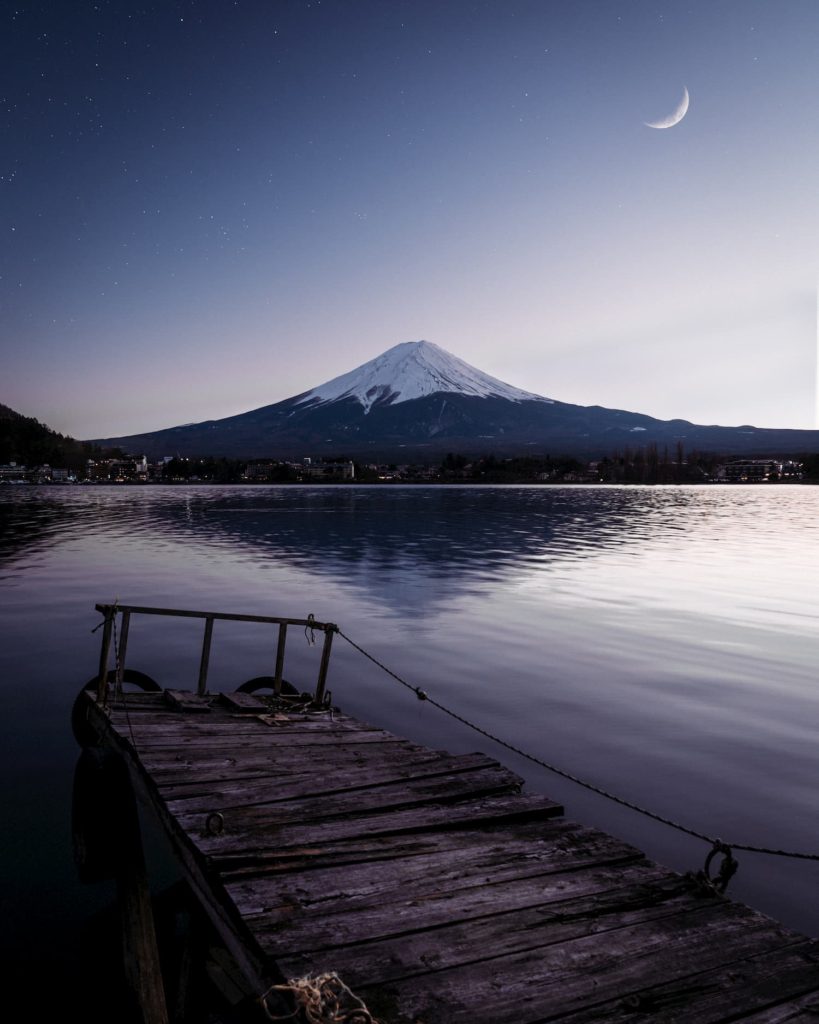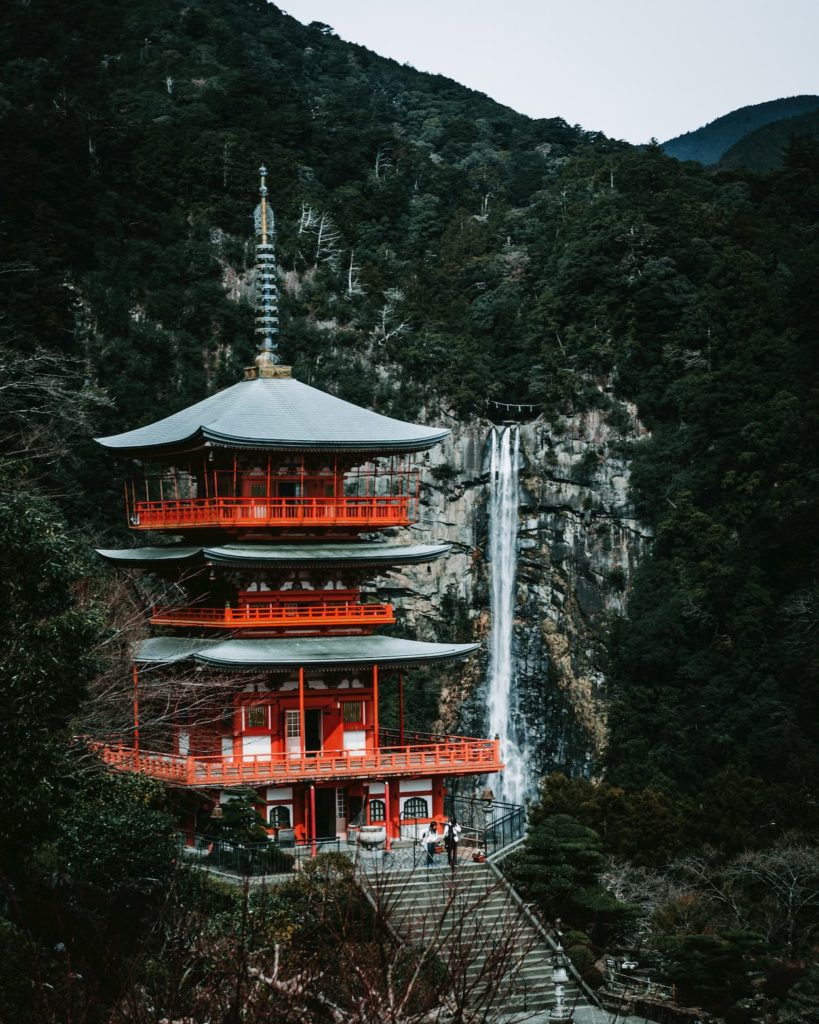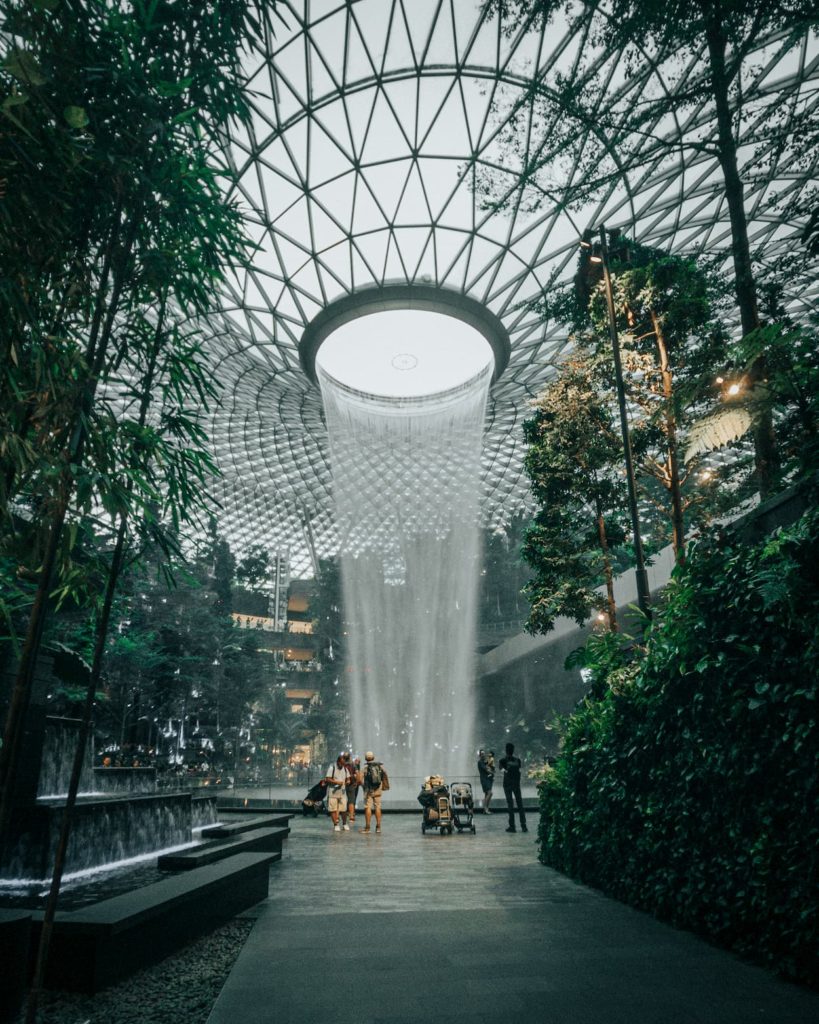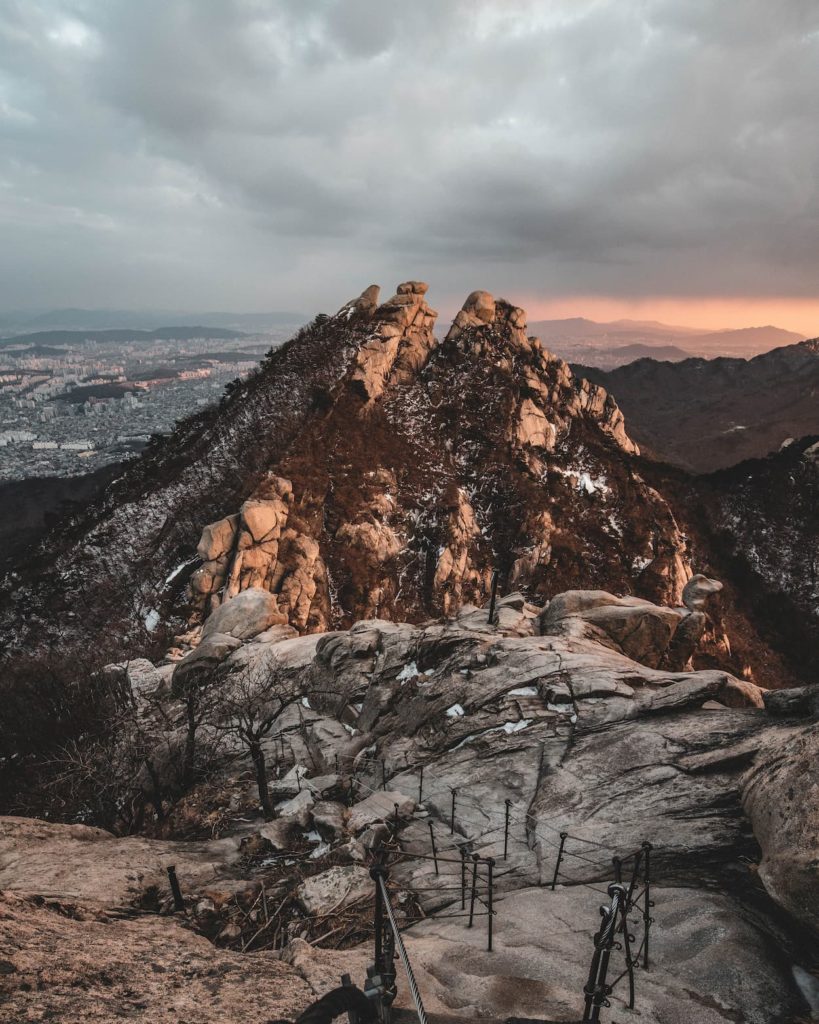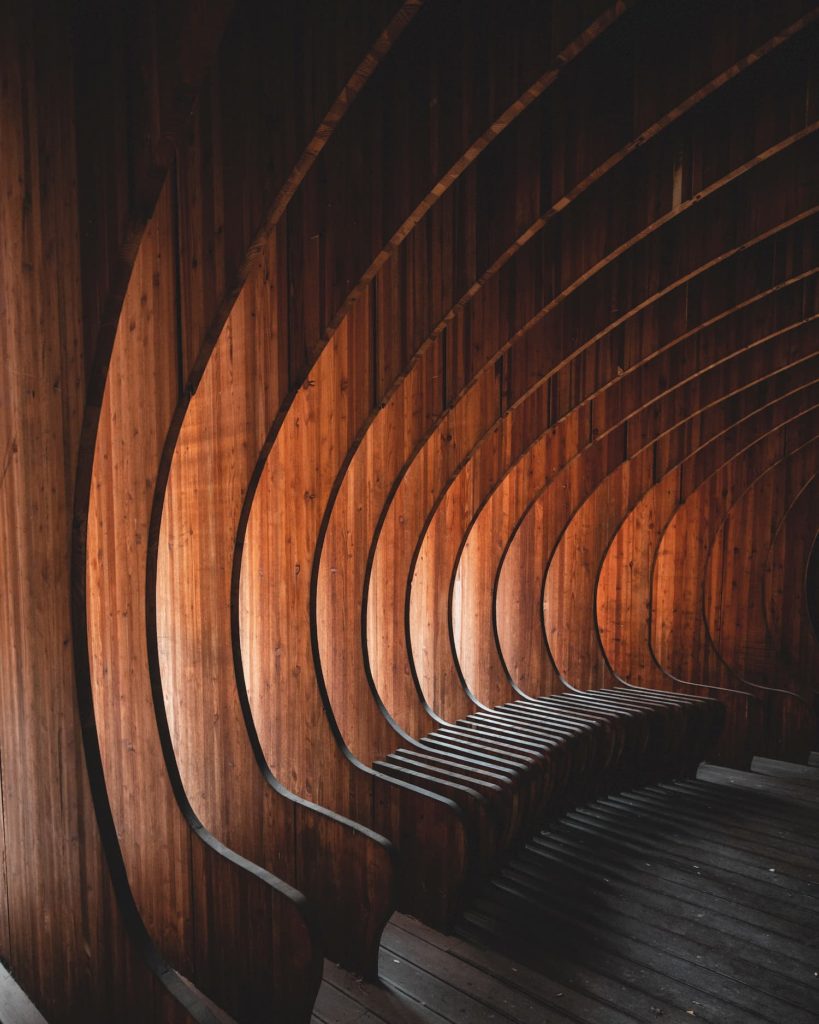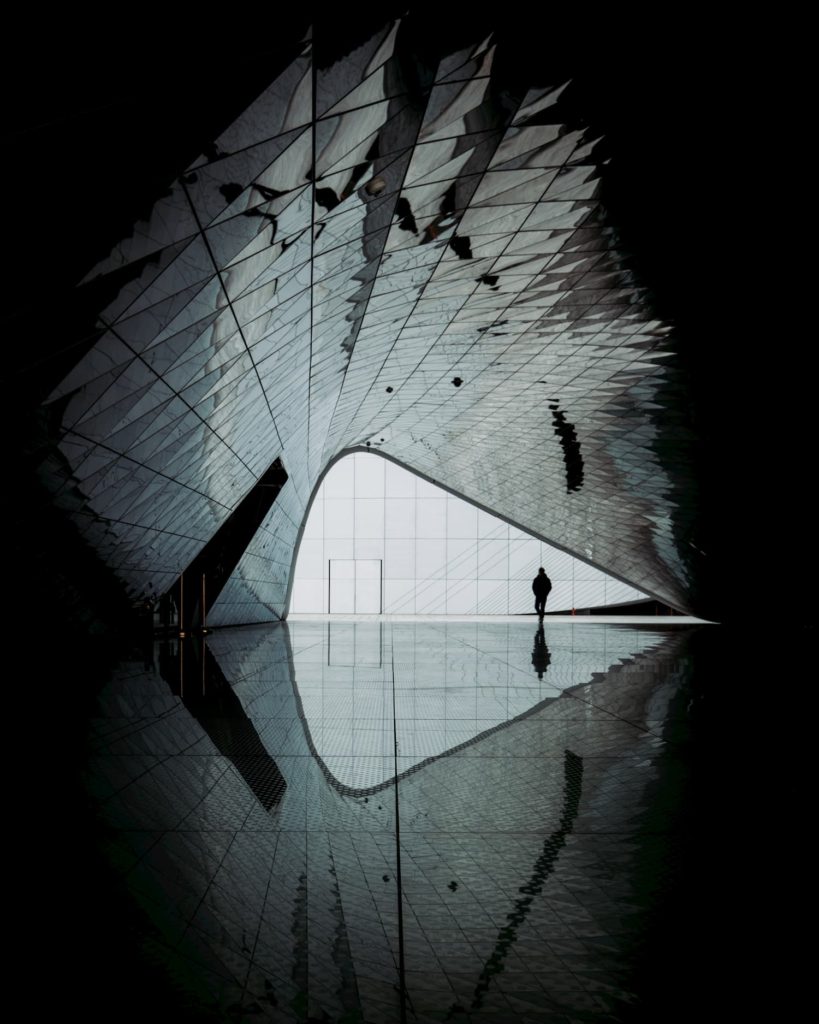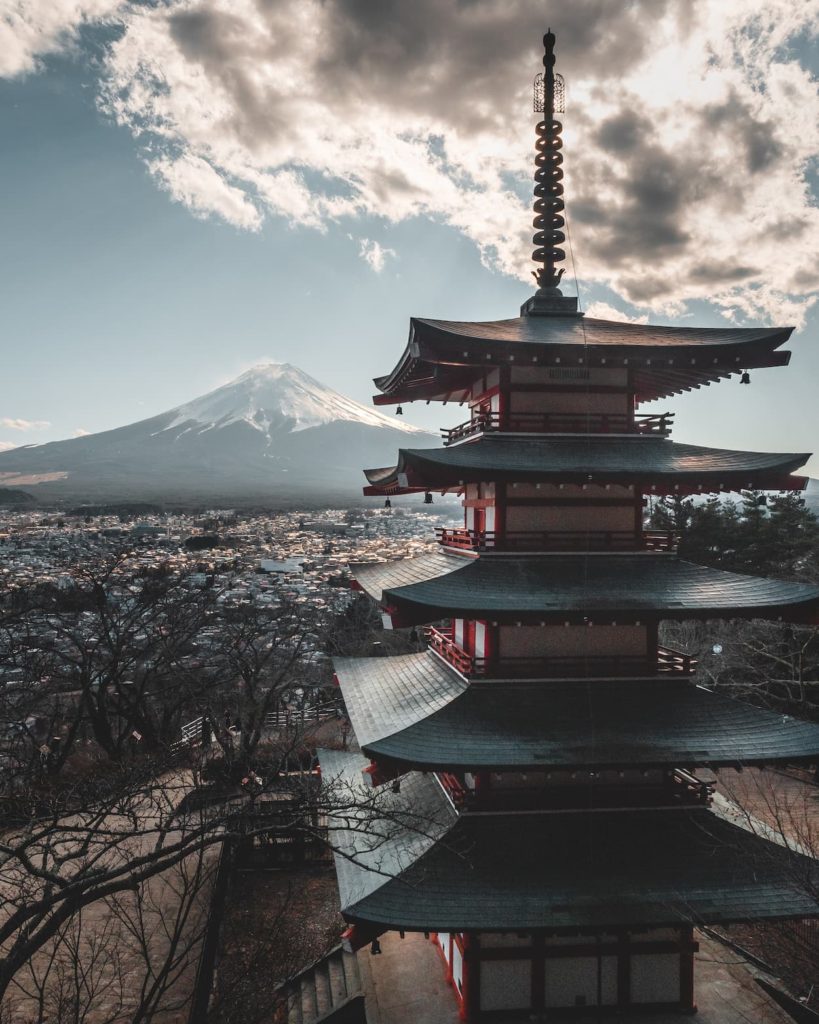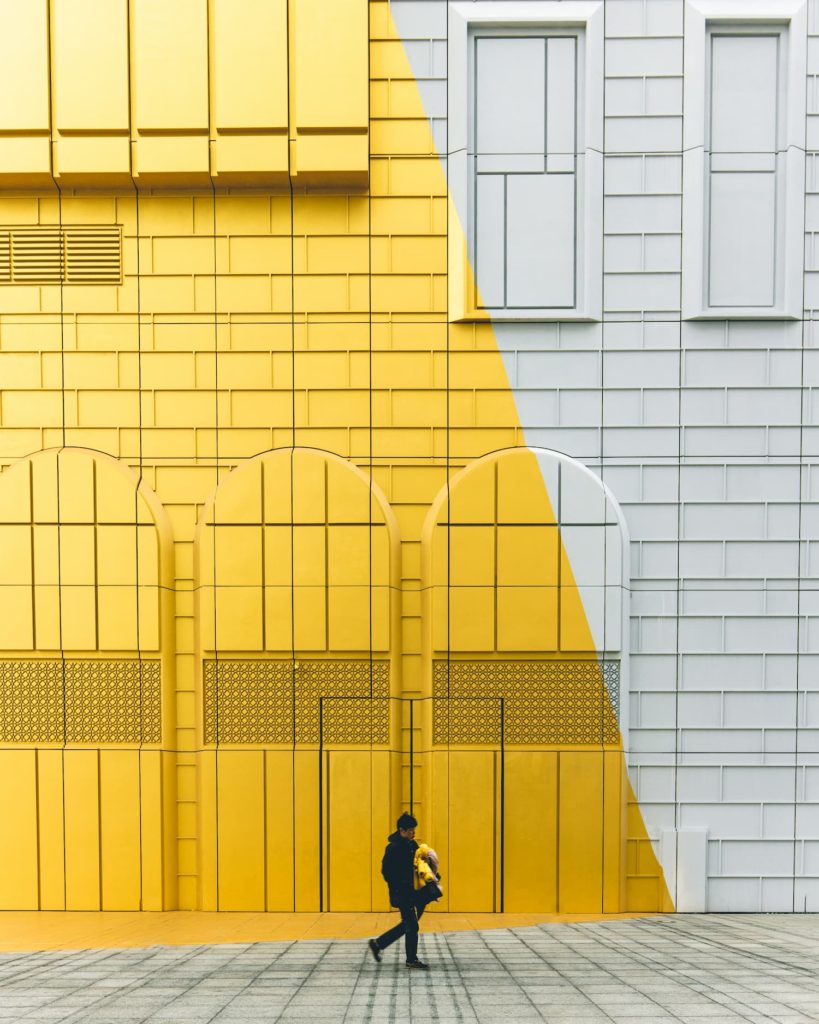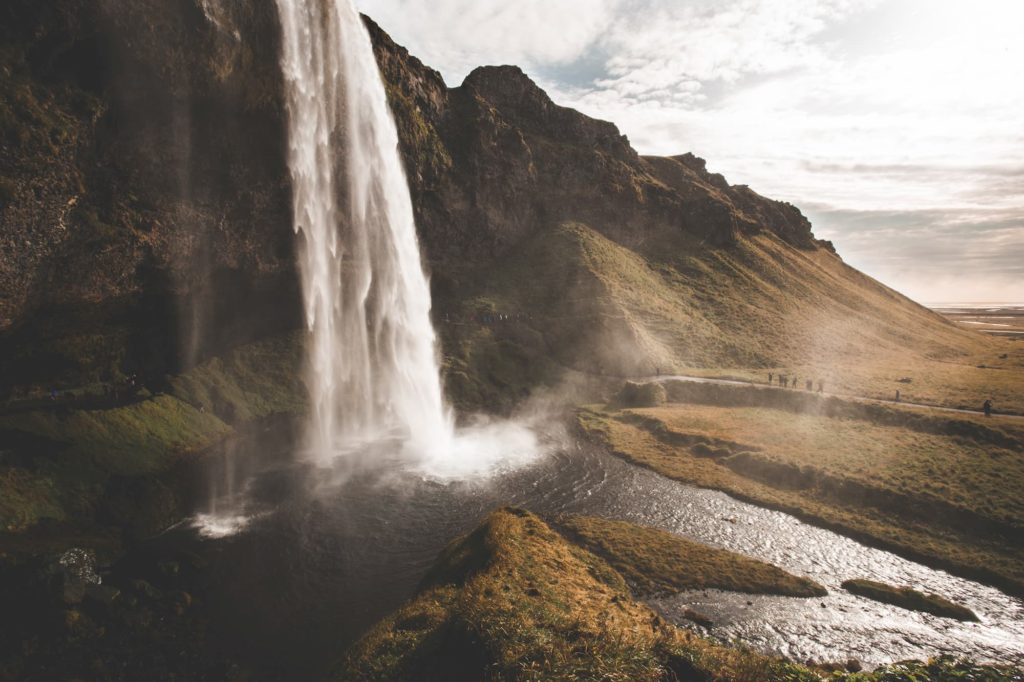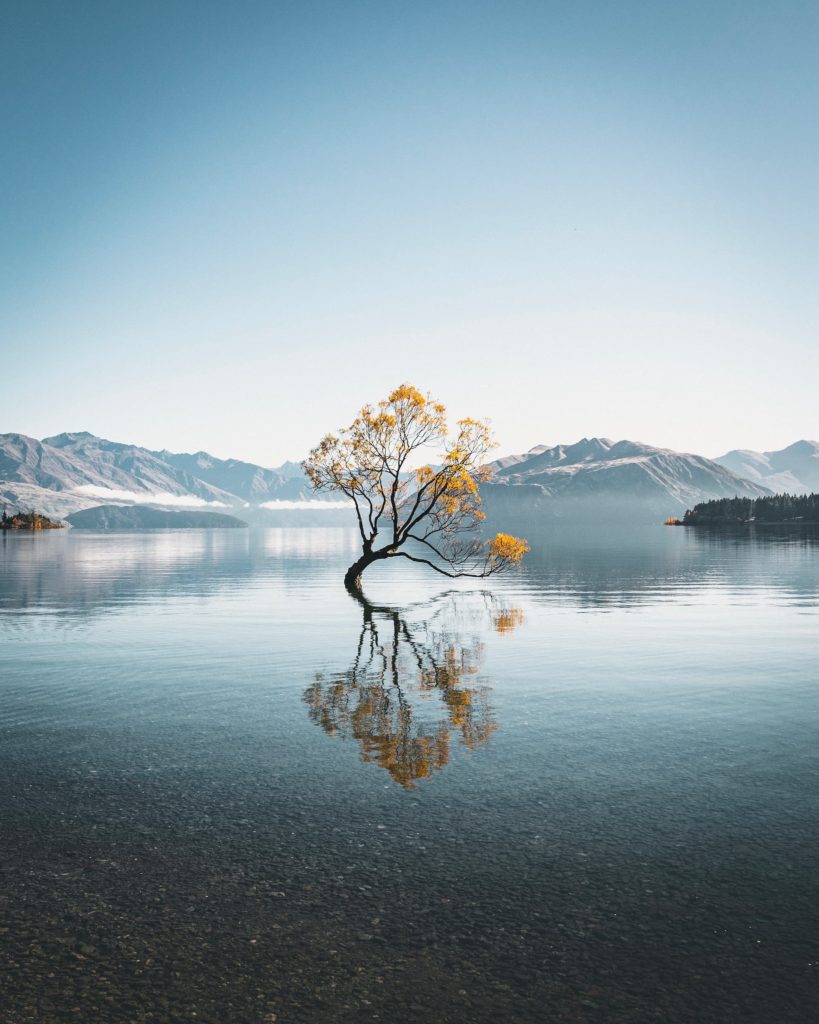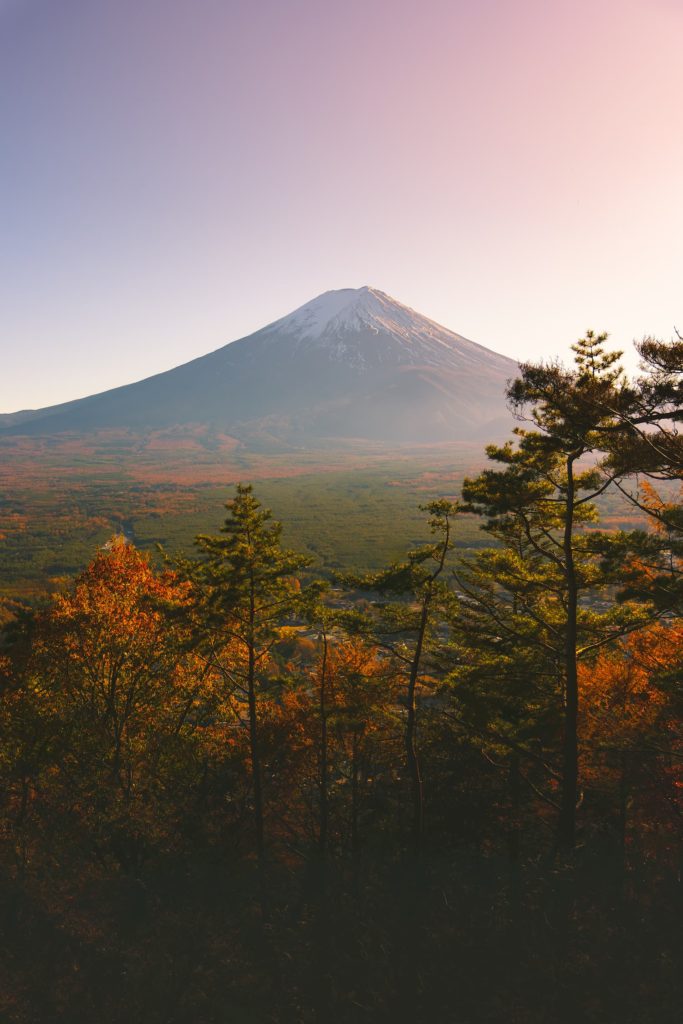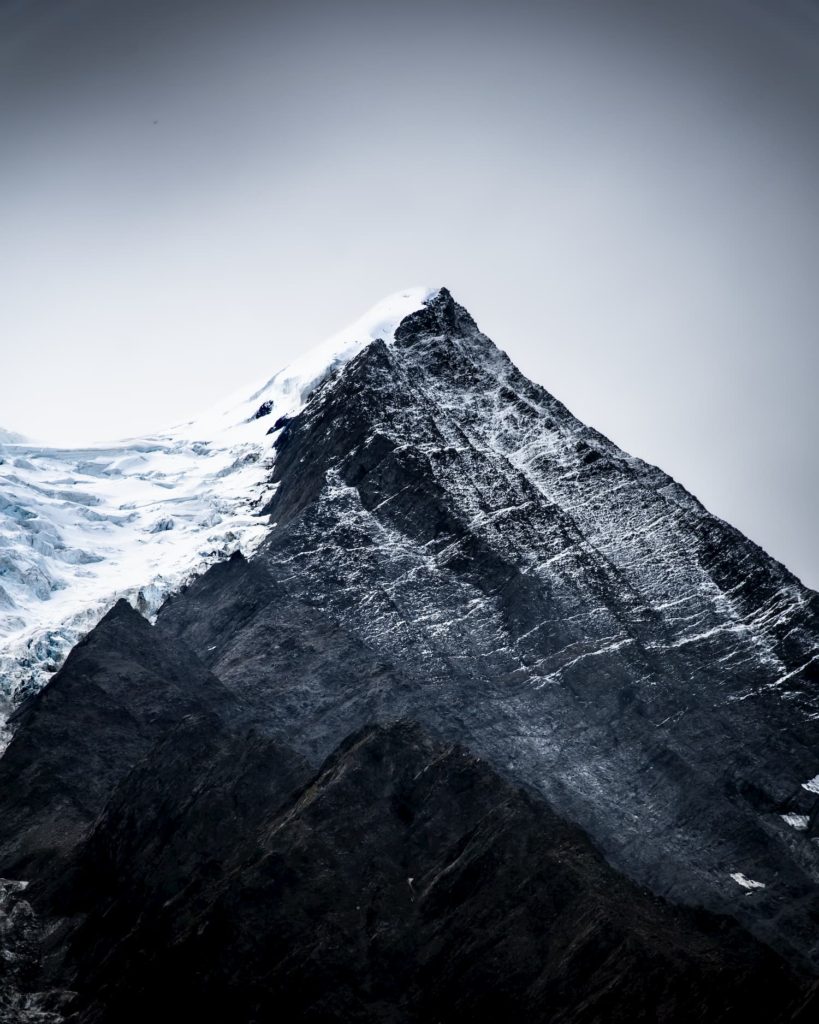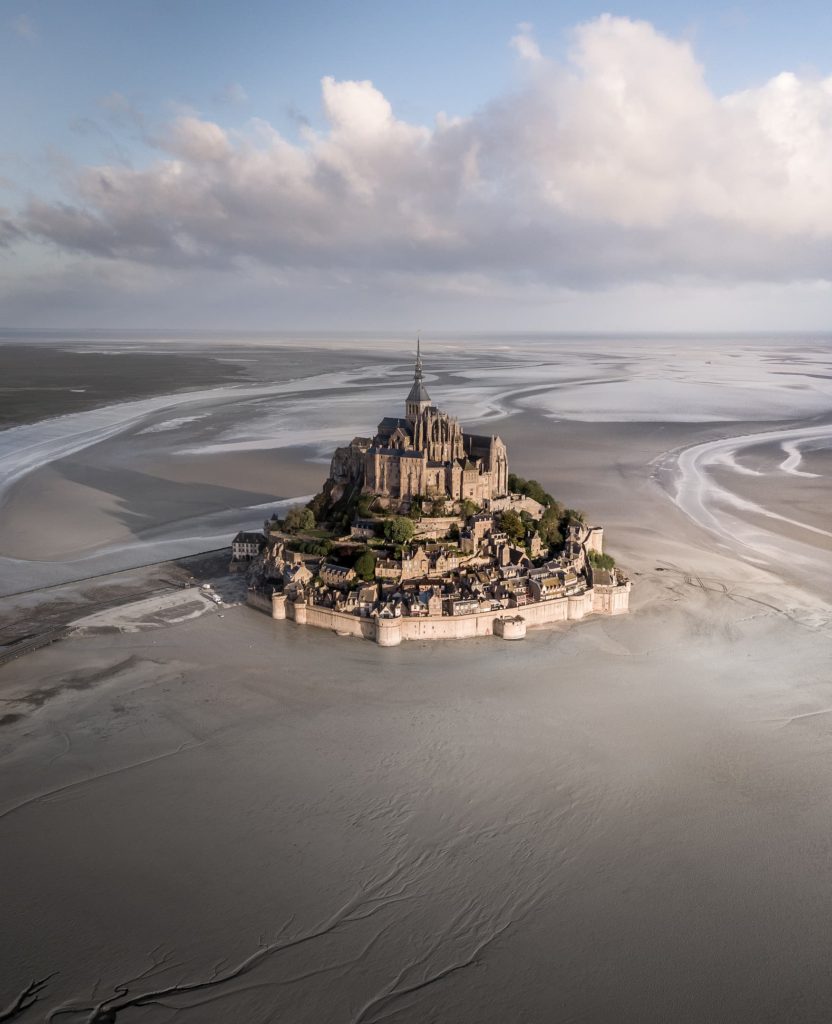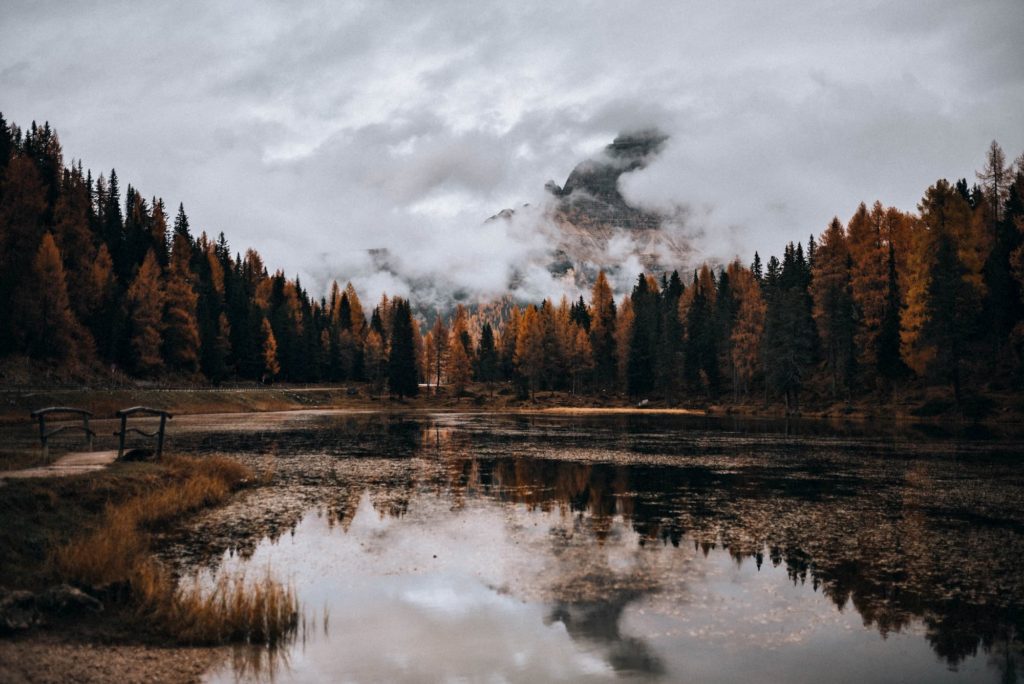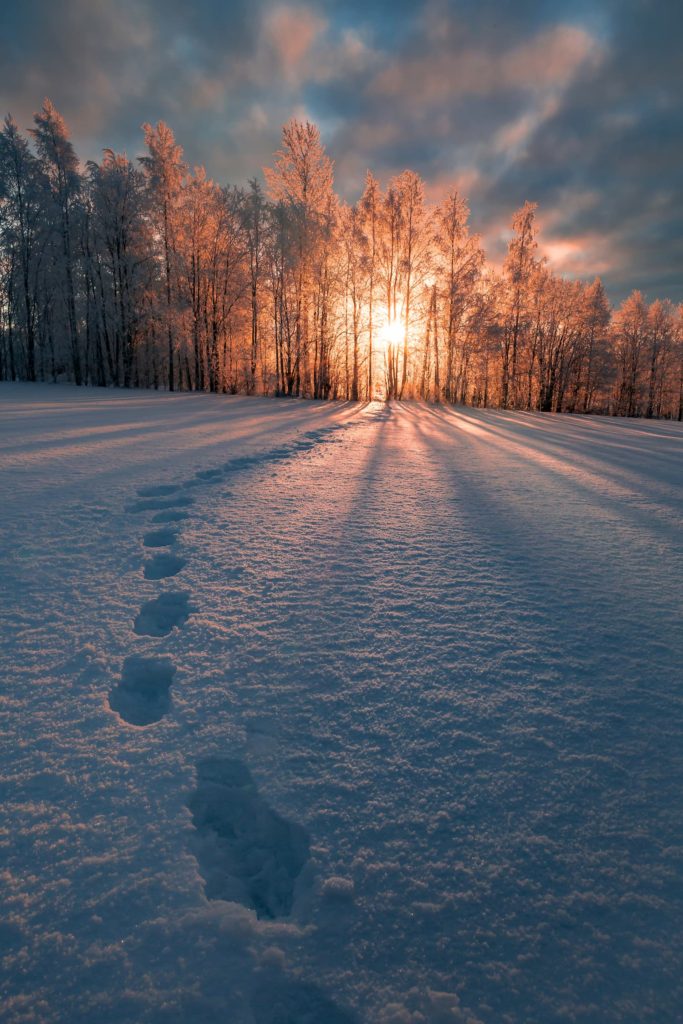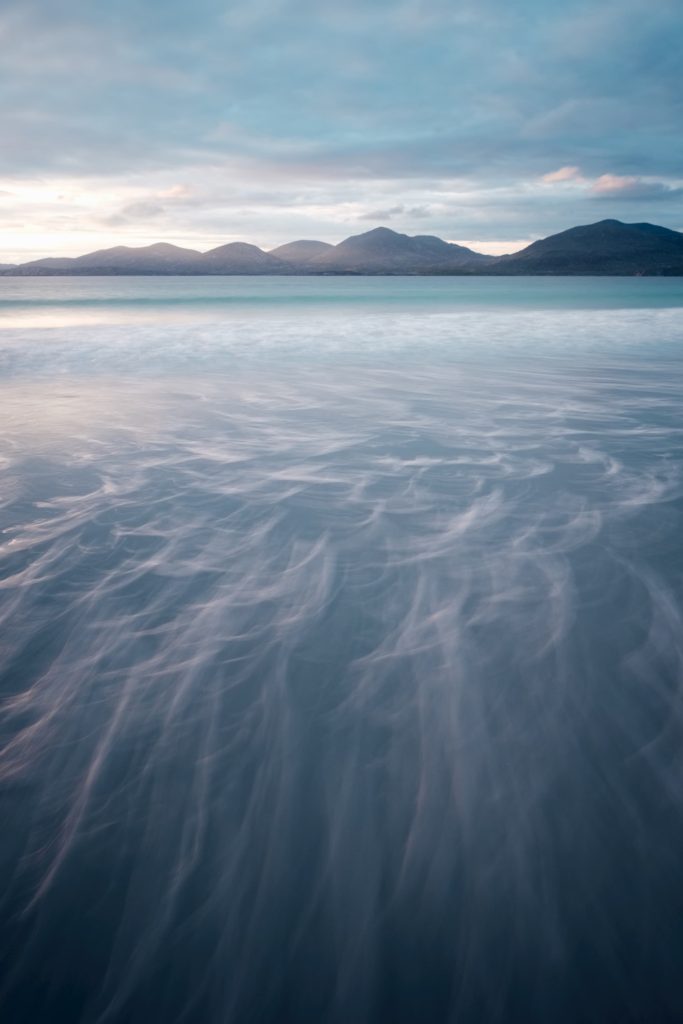
Kenny Yeak
@kenny_yeak
Architect and landscape photographer based in Japan
My passion for photography and traveling began after completing my undergraduate studies in architecture, which I did in Japan, Singapore and South Korea. I was born in Sydney, Australia, but I guess that due to my studies I feel very much attracted to these countries, I travel back almost yearly now and I consider Japan as my second home. As an architecture student, it’s easy to get shackled to a table, computer, books and in my case, drawings. While studying and having a full time office job, traveling has been the way to reset myself and photography became a device that allowed me to escape from the typical things I do for study and work.
"It allowed me to explore and express. It became a hobby that consumed my life and could satisfy my creative desires and that fed my curiosity."
Photography also became an essential tool that gave me the ability to understand a place in a more meaningful way. This is very useful and important in my profession especially now since architecture is changing due to contemporary and global issues that are reshaping the roles of an architect and how we discuss about a space or a place. Making photos gave me the opportunity to open up, see things from a different angle and this enables me to approach architecture in a more inclusive and innovative manner.
Nevertheless, originally I started with landscape photography. I was inspired by all those great photos I saw on Instagram; just seeing the photos made me feel euphoric and enthusiastic. So when I bought my first mirrorless camera, landscape photography was something I was trying to pursue. I found myself not feeling satisfied with the results, I didn’t really achieve to express the landscapes I had seen and neither I knew what I was looking for or what to do. I was still learning techniques, gears, lenses and strategies to make beautiful photos, but as I felt I was ‘failing’ I started thinking that landscape photography wasn’t for me…
"So I jumped to architecture and street photography because it was something I was comfortable with."
Photographing architecture is always about a place and its visual impact. It is how the light engages with the details of a building and activates space in a blissful way. When creating a photo, it’s pretty much like designing. We look for geometries, tones, silhouettes and lighting to create the atmosphere of the image. We strategically construct whatever the protagonist of the scene is and use visual elements as compositional tools to narrate a delicate story. I think great photos of architecture are those that capture essence, emotions and stories.
"I now know that the same applies to shooting in nature."
This new decade motivated me to try something outside my comfort zone. So when I bought a new camera I began shooting landscapes again. I think there is a visual connection between architecture, street and landscape photography and it has become my passion to find those relationships. Architecture will always be in my heart and mind, but landscape photography can reflect my soul, I believe. Both give me a similar yet different sensation.
For me though, photographing architecture is just as tranquil and satisfying as shooting in nature, for example when the person walks right into your perfect composition and all lines are just perfect. I take this as a good sign because I am physically and emotionally attracted to both environments and it is only at that point you can see things in a different perspective. Taking great photos of architecture feels ecstatic and making great photos of nature feels sublime. These feelings appear every time I go out and shoot, which is probably why I am addicted to these two different genres.
"With both, I am trying to ‘design’ a story in a subtle way. What I recently learnt in my studies is to treat elements in your designs as ‘actors’ to give purpose and flow to your proposal for a constructure."
A difficult lesson to implement in an effective way and easily overlooked. I feel that the same can be applied to landscape photography; the elements you put in an image are actors and they say something. Each element should communicate in harmony with one another. If not, then maybe they don’t belong on the same scene. When shooting outside I always look around my vicinity for things I can use; the dried leaves on the ground, or the wharf on the river’s edge. I experiment with natural infrastructures to construct foregrounds, mid and background interest. There are so many elements to look for, like the soothing flow of water, the gentle fall of snow or the ominous fog that’s creeping in… I am still learning to make each of these elements in a photo meaningful though.
"The only way to actually get it and develop my skills to observe my surroundings, find the composition and capture it in a way that makes me feel satisfied, is practice."
With each photography adventure you obviously have to deal with the given circumstances and I was challenged the first time I went on such adventure after having bought my new camera in the beginning of this year. As said, I wanted to start this decade with a new goal and so I traveled to Mount Fuji to capture some landscapes. With my new Canon EOS R and new lenses. The funny thing is that upon arrival, my camera had a shutter malfunction, so all I had was my old Olympus OMD 5 II and a single lens. I thought it would be disappointing if the trip would end without one good photo so I took up a positive attitude and went to Lake Kawaguchi for the first time, having one spot in mind. During the train ride going there it looked like an overcast day, but when I got there it was really sunny. It wasn’t the ideal condition I’m comfortable photographing in so I decided to be patient, ending up with a photo I am very happy with. That day reminded me that it isn’t the gear you have…
"It is the journey along the way that adds value to the photo. Just by going somewhere and being open, you will experience something phenomenal and meet cool people along the way."
Interestingly, I met another traveller at that spot who was struggling with his camera and how to use it. I decided to show him some tips and tricks of the camera and that afternoon, and he too left with a beautiful photo and wonderful memories of the lake. He was super happy with the photo he had just made and we both had fun learning and shooting. For me personally, there is something phenomenal knowing the fact that he too created something beautiful for himself to share. I think this is part of the power of photography I am learning about and I want to continue unpacking it.
"To discover who I am, to see the world, to connect with nature and with others, and finally to explore how I can apply photography in a meaningful way to my work as an architect in the future."
Would you like content like this sent to your inbox?
MUST READ STORIES OF FEBRUARY
MUST READ STORIES OF JANUARY
NOMADICT
ART GALLERY
THE LATEST STORIES
WRITEN WITH PASSION TO INSPIRE YOU
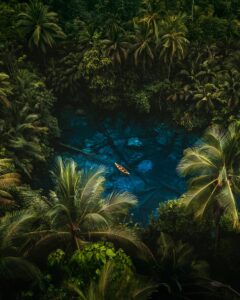
Tom Fähndrich (@tofenpics): Best of the Week 47 at #nomadict
Tom shares the journey behind his winning photography, from a passion for exploration and remote places to field lessons, composition choices, and color grading.
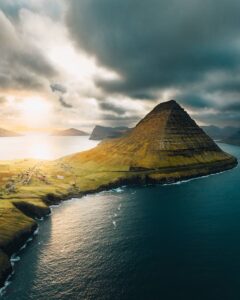
Photo tour in the Faroe Islands
Join us in the Faroe Islands for a unique photo tour, where you’ll elevate your creative skills with expert guidance from Ronald Soethje and Nomadict.
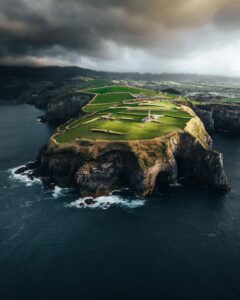
Photo tour in Azores, Portugal
Join us in the Azores for a unique photo tour, where you’ll elevate your creative skills with expert guidance from Ronald Soethje, Bruno Ázera, and Nomadict.
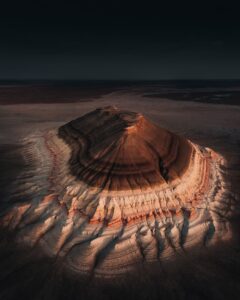
Forest Kai (@forest1kai): Photographer based in the US
In this article, Forest shares how years of chasing scale, silence, and raw landscapes shaped his approach to photography, from the deserts of Kazakhstan to the volcanic ridges of Iceland. He talks about how he uses light, texture, and vast negative space to create images that feel both intimate and overwhelming.
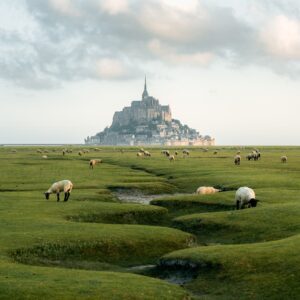
Simon Hechtbauer (@roamwithsimon): Best of the Week 32 at #nomadict
Simon shares the journey behind his photography, from early inspirations to field techniques, editing, and the story of the winning shot that shaped his path.

Miroslav Maršík (@miromarsik): Photographer based in Czech Republic
In this article, Miro shares how his love for cinematic music evolved into a deep passion for photography and how he uses light, color, and atmosphere to turn the streets of Prague into living film scenes.

Aurora photography panorama workflow: A guide to camera settings, editing, and color
In this article, Stefanie reveals how her background in physics sparked her passion for astrophotography and how she blends science with creativity to capture the beauty of the night sky. Readers will discover her approach to color, contrast, and editing, as well as her aurora photography workflow.

Yhabril (@yhabril): Best of the Week 33 at #nomadict
Spanish photographer Yhabril captures the profound connection between humans and the mountains that shaped him. Growing up in the Pyrenees, his work bridges outdoor sports, landscapes, and celestial scenes — often blending athletes, moonlight, and wilderness into striking visual stories.
